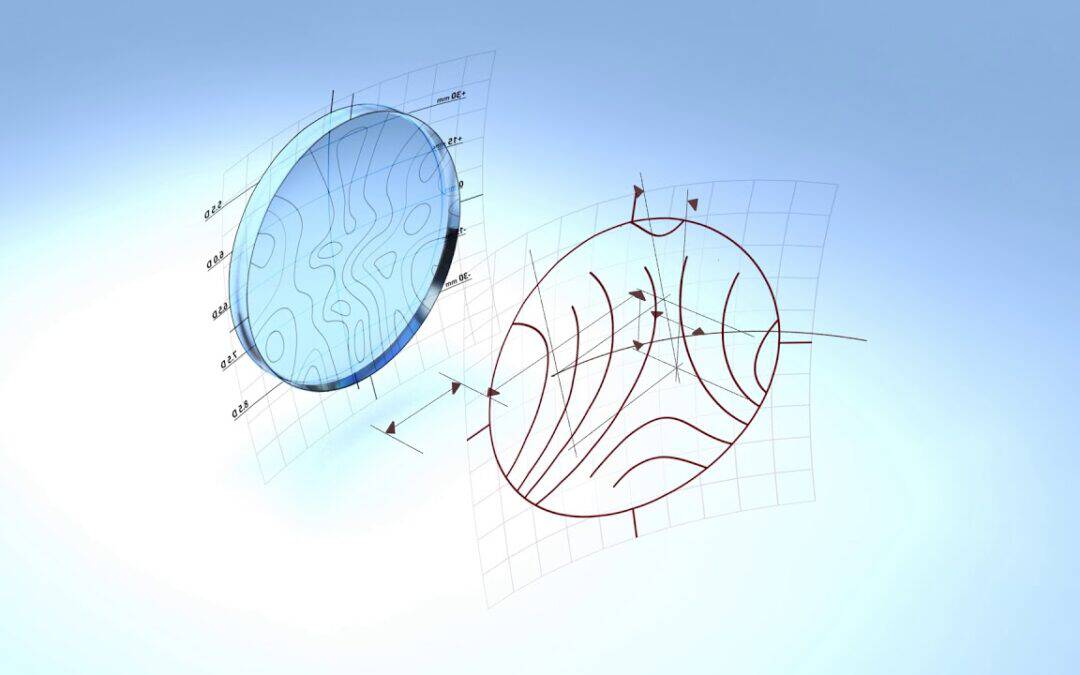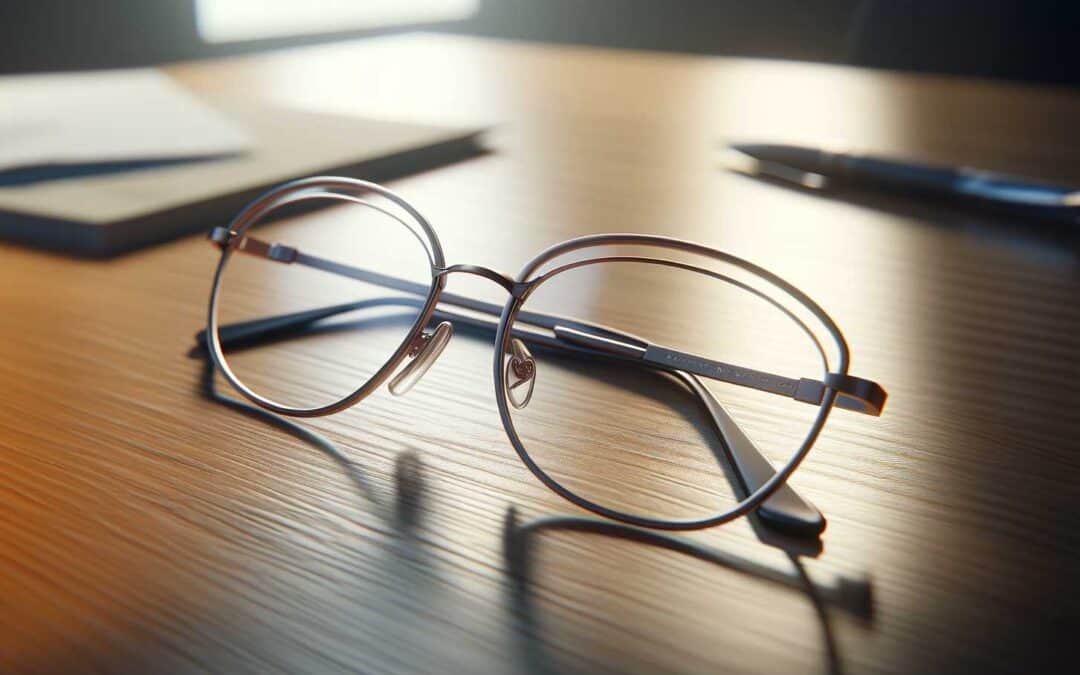
by Keith Benjamin | Jan 19, 2024 | Dispensing
Summary While there is a new lens coating that seems to reduce glare and enhance color saturation for night-time driving in both young an old, research has shown that yellow-tinted glasses provide no help against glare common in night-driving scenarios. In fact,...

by Keith Benjamin | Jan 18, 2024 | Lens Form and Theory
What is Electromagnetic Radiation? Produced by the nuclear cauldrons of stars and all matter in the cosmos, energy in the form of electromagnetic radiation permeates our entire universe. Every second of every day we are bombarded with and surrounded by electromagnetic...

by Keith Benjamin | Jan 17, 2024 | Surfacing
What is lens surfacing? Lens surfacing is a process used in the production of eyeglass lenses. This process involves shaping the lens to meet the specific prescription requirements of an individual. It's a critical step in ensuring that the lenses provide the correct...

by Keith Benjamin | Jan 15, 2024 | Finishing
What Is Lens Finishing? (a.k.a. edging or glazing) Along with surfacing and lens coating, lens finishing is an essential process in the production of eyeglasses, typically performed by wholesale optical labs. Also known as glazing, this process involves cutting...
by Keith Benjamin | Dec 29, 2023 | Surfacing
Why Do We Need A Slab-Off? In the realm of vision correction, addressing vision disparities between the two eyes, known as anisometropia, presents unique challenges. This condition, which can be congenital or caused by factors like cataracts or trauma, often...

by Keith Benjamin | Dec 29, 2023 | Lens Form and Theory
What Are Sphere, Cylinder, Axis, and Add Power in an Eyeglass Lens Prescription? Sphere: The Basis of Your Prescription The sphere component of a prescription indicates the degree of nearsightedness or farsightedness. It's expressed in diopters and determines the...






